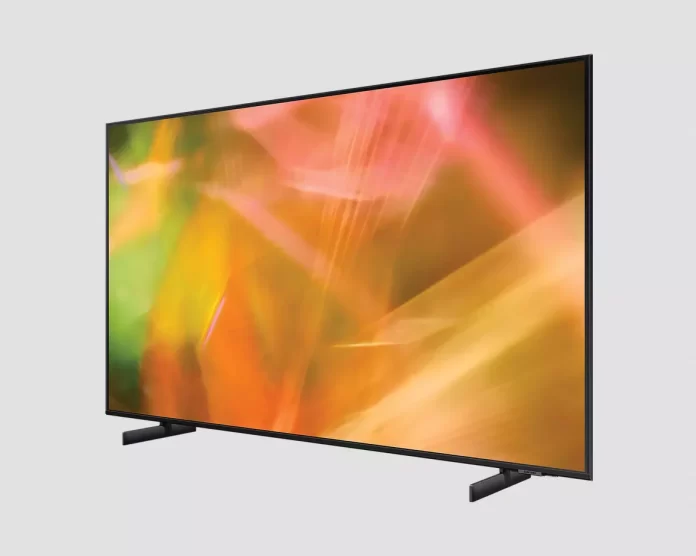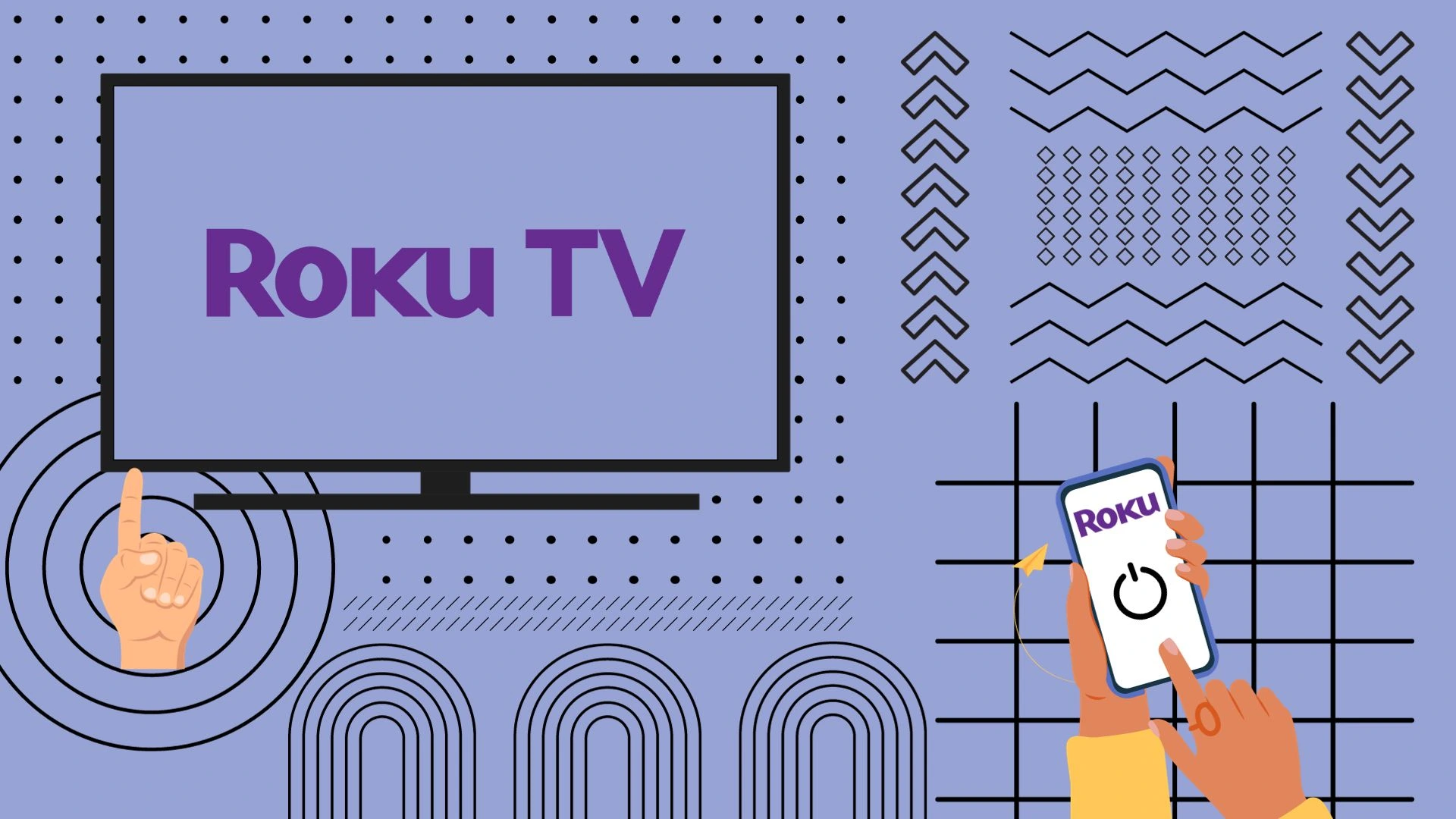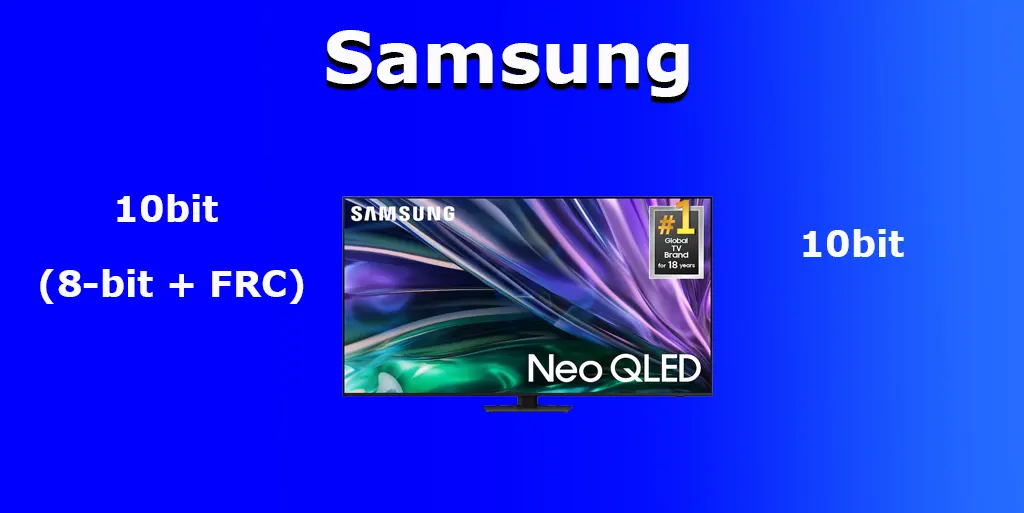People don’t often think about buying a new TV. No wonder most people don’t have time to keep up with technological advances. When choosing a new TV, you need to properly understand the parameters in order to buy the best TV at the best cost.
Samsung’s AU series of TVs is a line of Crystal UHD TVs. And the only thing that distinguishes this series is the screens made with classic technology. In general, this series of TVs can be attributed to the medium-high class. Whichever of the models you choose, you will get good picture quality for a relatively reasonable price. However, these are still not high-end TVs, so the sound quality won’t be as good as you’d like.
Well, let’s find out the differences between the Samsung AU8000 and AU8100 TVs.
What is the difference between Samsung AU8000 and AU8100 TVs?
Nowadays it’s very difficult to choose a TV set, due to the great abundance of different models. Many people could already be accustomed to having a TV in the living room, where you can turn on your favorite movie or TV series at any time, or a live sporting event to watch with your family or friends. That’s why TV has become an integral part of human life.
Since a TV can be found in every home today, it’s not surprising that quite a bit of competition has formed in the market of manufacturers. There are dozens of different manufacturers and thousands of different TV models. Some are more luxurious and expensive, while others are devices that everyone can afford.
One of the most reliable TV manufacturing companies in the world is Samsung. It has been on the market for quite some time and has managed to prove itself as a manufacturer of high-quality devices. For example, this statement can apply to such Samsung TV models as AU7000 and AU8000 (of course, in their price category).
In fact, there’s no fundamental difference between the Samsung AU8000 and AU8100 TV models. The only thing that distinguishes them is the color itself and a greater choice of diagonals. Well, let’s take a closer look at the differences between the AU8000 and AU8100 and what they both have in common.
Read Also
- How to use Remote Access on your Samsung Smart TV
- How to turn off ads on Samsung TV
- Samsung QN85B vs QN85A short review
How do Samsung AU8000 and AU8100 models differ from each other?
As you may have read before, there’s no significant difference between these two models, unlike Samsung TV AU7000 and LG UP7000PUA models. The only difference is the color they come in and the number of diagonals they offer. The Samsung AU8000 comes in black, while the Samsung AU8100 comes in gray.
These models are available in these sizes:
- Samsung AU8000:
- 43″
- 50″
- 55″
- 65″
- 75″
- 85″
- Samsung AU8100:
- 50″
- 55″
- 65″
Well, in gray you can only have the TV in three sizes. So, that’s all that separates the Samsung AU8000 from the AU8100. Let’s now break down the characteristics of both devices and what features they have.
What are the display and performance characteristics of the AU8000 and AU8100 models?
The AU8000 and AU8100 boast 4K resolution, which is optimal for a TV of this size. While it’s definitely not an OLED TV, you still get HDR10+ support, and the overall picture quality is up to the expectations of a 4K TV.
The Samsung Crystal Processor 4K is capable of scaling all content to 4K for a better viewing experience. It also kind of makes content that normally goes at 30 frames per second look like it’s going at 60 frames per second. While this works well for some videos, there’s no option in the settings to turn this feature off, which can be a problem since some videos are designed to be viewed at the original frame rate.
Both models have a fairly accurate color display that covers 100% of the sRGB color space, which means it can be used for creative work just like a regular monitor. And if you have a console or PC that supports 4K gaming, you can connect it to your Samsung TV and play 4K video games.
What are the design and build quality of the AU8000 and AU8100 models?
It can be said about both models are quite slim. Samsung’s AirSlim design provides an extremely slim profile. This also allows the device to fit well in a living space, a workspace, or a small room with a cool atmosphere. In terms of material, the back panel is definitely plastic, but the surrounding frame is metal.
The slim frame of the screen provides more immersion but leaves little room for control, which can be inconvenient when moving the TVs. The glossy look of the screen also makes it prone to smudges. The parts of the stand attach easily to the back of the TVs with a sliding mechanism and are very sturdy to the touch.
There’s a power port on the back, as well as a place to run your cables. There are also three HDMI ports so you can connect a third-party device to your Samsung TV like the Samsung A01, two USB ports, a composite input, an optical port, and a dedicated LAN port. The speakers are located at the bottom.
Read Also
- How to connect Samsung Soundbar to Samsung TV
- How to use Remote Access on your Samsung Smart TV
- Samsung TV AU8000 vs AU9000 difference: Which one you should buy?
What are the software and sound quality of the AU8000 and AU8100?
These Samsung TV models run TizenOS 6.0, which provides a very minimalistic and clean look. Setting up the TV is very simple and straightforward. You can set it up with the remote control, but also using your smartphone.
The user interface navigation is smooth and the apps open quickly. If you have an iPhone, iPad, or Mac, you can use AirPlay to stream content to the TV. In addition to this Samsung TVs have quite interesting and unique features, such as the Multi View function.
The speakers are capable of producing enough bass to provide decent bass. Vocals have good clarity, but can sometimes be a bit harsh. High frequencies have good brilliance and airiness, but can be a bit shrill depending on the content. The sound is loud enough for a small room, with little to no distortion at high volume.





You just took time to write an essay instead of answering specific question. This staff should be terminated and waste of company. Sheet.
8000 model and 8100 must have some specific difference.